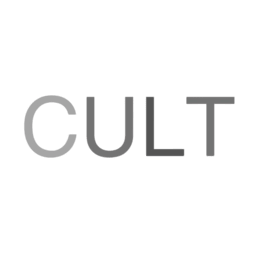On what Binti finds herself gravitating towards, she says, “I like uncomplicated materials and media that make viewers feel like they could have easily done it too, because they are right!”
Who is Binti? Having picked this moniker in 2018, she likens it to being something so commonplace yet personal at once – both hers and everyone else’s, like most Malaysian Muslim females according to their registered identity cards and passports. “I used to think that it appealed to me, as it could stand for me being every woman. I think of it as just a name,” she says.
Born in the year of the Tiger, this ‘anytime maker’ (as she terms it) is based in her hometown of Johor Bahru but frequently travels to Kuala Lumpur for her artistic pursuits. On top of her own productions, she assists the creative direction of virtual publication, MulaZine and practices as part of the collective duo, Mati.
Binti wrote and drew a lot through school and frankly still does to this day. She admits to changing ambitions growing up depending on the time of day, saying, “I always knew that I wanted to be doing something that involved creating when I grow up but just didn’t know what to call it yet.”
Mixing work and the sharing of ideas in mixed English and Bahasa Melayu, she credits this to her intro to language and culture, majorly shaped by the media consumption in her formative years. “At one point in my childhood, reading news articles was the most exhilarating part of my day, next to tuning in to RCTI soap operas after school,” she explains. “I especially enjoyed the smutty celebrity gossip section of people I didn’t even know, world progressions like robot inventions or new marine life discoveries in places I’ve never heard of, comics, crosswords and words I didn’t understand. It is just a natural way of speaking for me because it was my direct surrounding upbringing.”
Younger Binti would put something together with the immediate source of ballpoint pens, pencils, typewriter and paper. “My father taught me how to use and take care of a typewriter,” she says. “I should probably use it more often but I have recently been a bigger fan of convenience. In my 20s when I started to show my works to institutions and galleries, I often interchange the platforms I used to put my works on, using found objects like planks of wood, cardboard boxes or cheaply sourced canvas.”
Her work has been described as many things. Among them being ‘subversive’, ‘sweet and spicy’, ‘intensely personal’, ‘scary’, even ‘provocative’. Inspiration can come from anywhere, and different artists harvest ideas differently. Hers is this: “Any method of documentation I can access at any point in time becomes my go-to. I always have a pen and smartphone on me so voice recordings, notes on any available surface, and on my Notes app, are all helpful methods. It’s become a habit now for me to record my ideas right away.”
She would often collaborate with family and closest friends in making art, which paves way for the collective Mati with her partner Amat. “Mati is named after its members, A(Ma)t and Bin(Ti). Amat is my closest friend and confidant,” she says. “We started working together on films and zines even before we had a name for our collaborations. In 2022, Amat came up with the name Mati in the middle of one of our conversations. A lot of Mati’s works cross between multiple mediums such as filmmaking, photography, textile works, cooking and music. Every Mati piece is produced from a place of mutual love and respect.”
“Accessibility to a lot of knowledge these days exists as an advantage for the 21st century artist,” she says. “We have the privilege of access to experimentation, to not be boxed under one defining description and even self-fueled platforms to showcase them without a green light from anyone but ourselves.”


